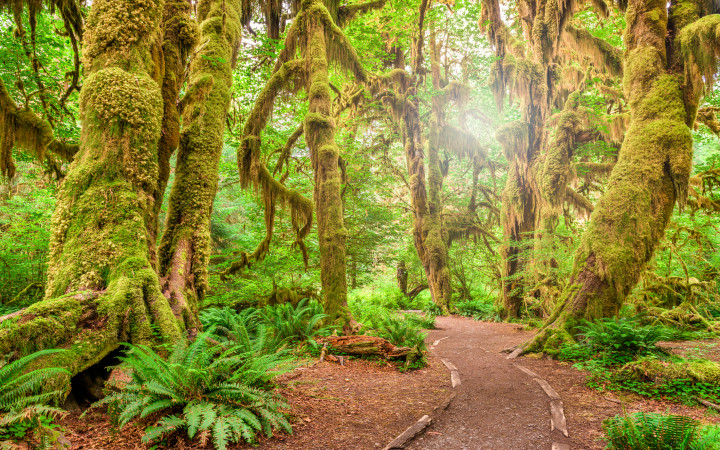Today’s Wonder of the Day was inspired by braiden. braiden Wonders, “do all plants bloom” Thanks for WONDERing with us, braiden!
Do you look forward to spring each year? Many people do! After a long winter, the warmth of spring feels great. Spring also brings beauty in the form of blooming flowers. In many places, tulips, daffodils, and other spring flowers burst forth in all their glory.
Many Wonder Friends already know about annuals and perennials. Annual plants grow, bloom, and die all in one year. Perennials, on the other hand, can live for many years and flower many times. They “come back” to bloom at about the same time year after year.
Many plants, though, don’t flower at all. And they’re some of the oldest plants in the world. The oldest non-flowering plants lived nearly 400 million years ago. Botanists believe that all the flowering plants we see today evolved from these ancient non-flowering plants.
Are these species of non-flowering plants still around today? You bet they are! And you’ve likely seen many of them.
Experts say there are 11 main types of non-flowering plants. They include liverworts, mosses, hornworts, whisk ferns, club mosses, horsetails, ferns, conifers, cycads, ginkgo, and gnetophytes.
You might already know how flowering plants reproduce. After pollination, seeds grow inside their flowers. Then, animals or wind carry the seeds elsewhere, where they grow. Some non-flowering plants also reproduce using seeds. However, experts call their seeds “naked seeds.” That’s because they’re not inside flowers. Conifers, cycads, gingko, and gnetophytes all have naked seeds.
The other non-flowering plants reproduce using spores. These are usually one-celled units of the parent plant. Spores are tiny and can usually only be seen with a microscope. Non-flowering plants release many spores into the air. The wind carries the spores to other areas. There, they can sprout to form new plants.
Non-flowering plants can still be beautiful. You’re probably familiar with some gymnosperms, especially the conifers. Have you ever seen a pine, fir, or cedar tree? These are all types of conifers! They produce their “naked seeds” in special cones—like pine cones. If you’ve ever seen pine trees on a snow-covered hillside, you can appreciate their evergreen beauty.
Look around you! Non-flowering plants are everywhere. Sure, their flowering cousins might get most of the attention. But take a second look at flowerless plants. They can be an equally rewarding sight.
Standards: NGSS.LS1.A, NGSS.LS1.B, CCRA.L.3, CCRA.L.6, CCRA.R.1, CCRA.R.2, CCRA.R.4, CCRA.R.10, CCRA.SL.1




